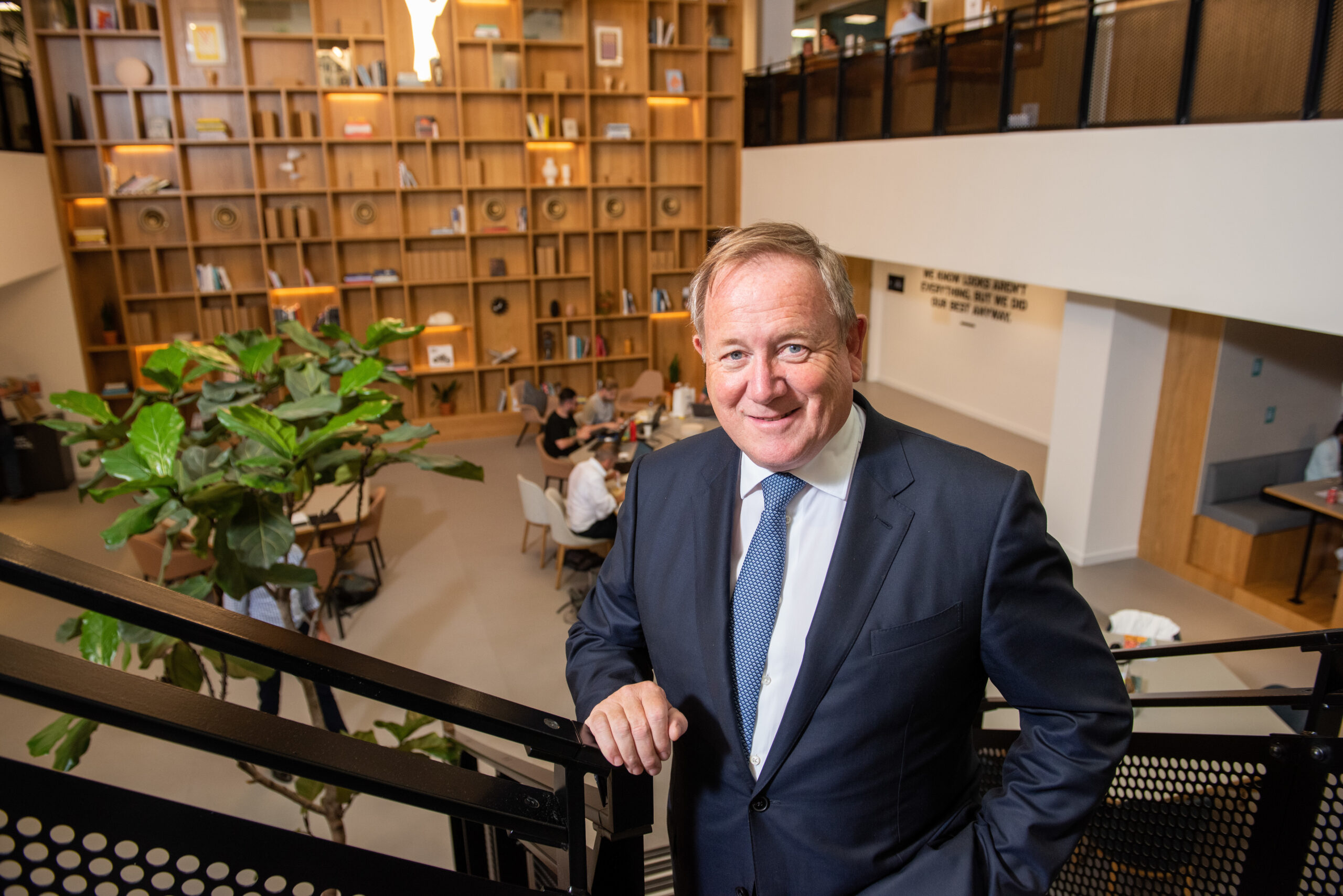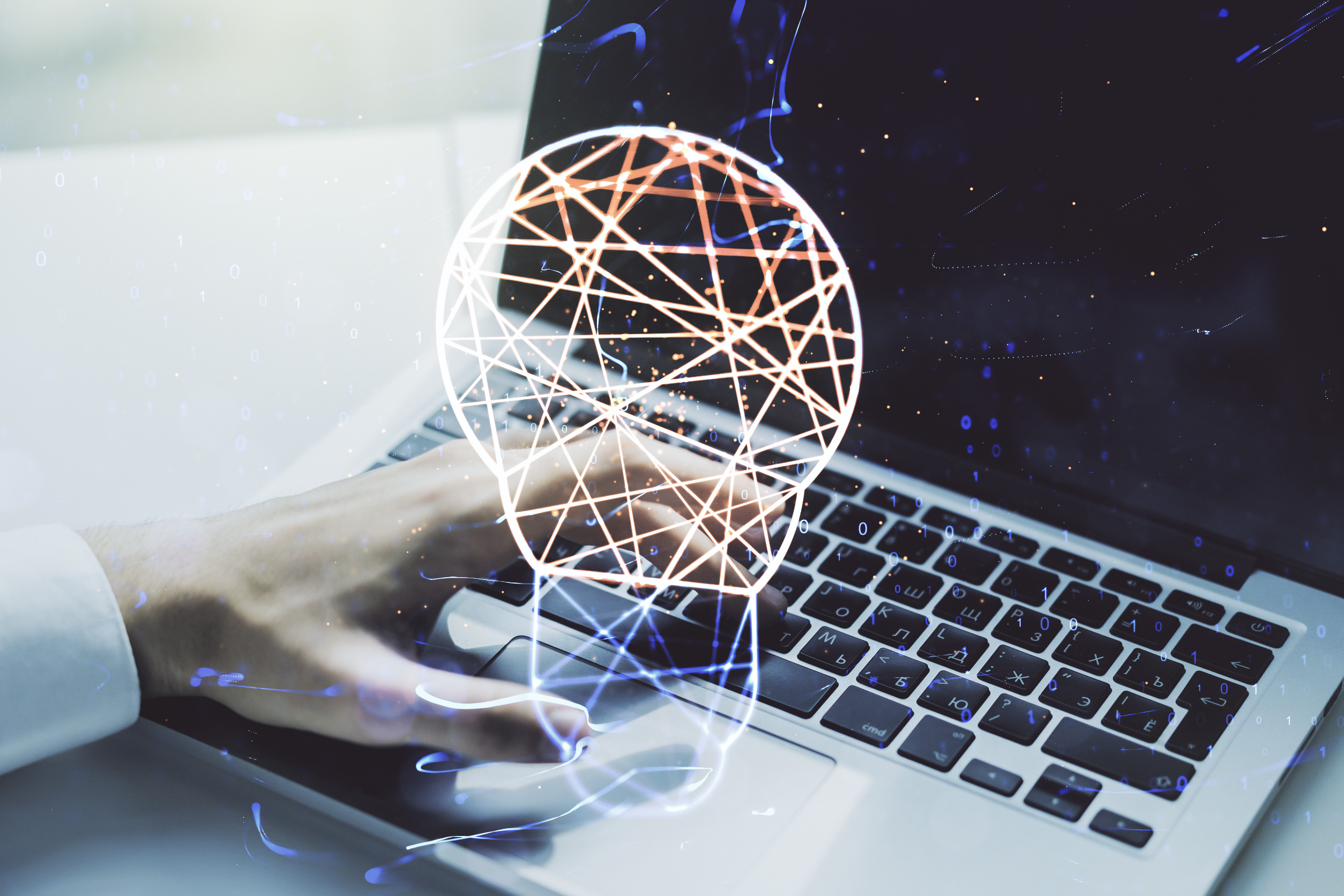How to successfully adjust to the post-pandemic workplace
- Shawn Liew

Despite the uncertainty COVID-19 continues to generate, many countries are gradually preparing for a ‘new normal’ beyond the pandemic.
Just what exactly, however, does this ‘new normal’ entail?
Calling it more than just a buzzword, Sapna Saxena, APAC Senior Director of HR, Tableau, told HRM Asia, “The new, post-pandemic reality will bring about dramatic changes in how, where and the speed at which we work.
“Businesses must first and foremost, continue to prioritise their employees’ health and safety. They have to be flexible about working arrangements and continue to offer employees the choice to work where they feel most comfortable.”
At Tableau, employees are given the choice to work from home until the end of 2020, as the company continues to update their remote working policy to accommodate employees’ needs.
For organisations looking to reopen their offices, it is imperative that they enforce stringent safe distancing measures and monitor employees’ well-being, Saxena advised. At the same time, organisations also need to put in place the planning, logistics and communications to resume operations.
“For instance, they may need to find new ways of communicating with their customers in a safe manner, and at a massive scale,” Saxena detailed. “When that is in place, they need to actively monitor change and respond to new demands.”
Looking to play their part in helping businesses get back to work safely and efficiently, Tableau joined work.com, an initiative introduced by Salesforce that offers a set of technology solutions and resources for business and HR leaders to reopen safely, reskill employees and respond more efficiently to customers.
Within work.com’s Command Centre ecosystem, Tableau’s COVID-19 Global Tracker contains interactive data visualisations that allow leaders to have a single source of truth to critical public health information, and make informed decisions related to returning to work.
Using data to protect and support employees
With the workforce continuing to experience unprecedented change, HR leaders must increasingly leverage data to inform critical decisions, said Saxena.
“With access to timely, trustworthy information, they have a more holistic view of their business and employees. They can also leverage valuable insights from employee information to provide necessary support at various stages of their discovery.”
Data, she added, also helps businesses move with the agility needed for survival. For instance, as businesses reopen and plan for growth, they need to be ready to redeploy resources and change processes.
“With data that is comprehensive, accurate and up-to-date, HR teams can quickly implement new protocols like employee well-ness assessments, shift management, contract tracing, emergency response management, and more.”
Keeping morale high during crisis
In times of crisis, it is inevitable that people experience heightened levels of stress and anxiety. To ensure that employees’ well-being is being taken care of, HR’s role is critical.
Saxena explained, “HR teams play an important role to offer meaningful support, which must be rooted in empathy and compassion. They can leverage simple initiatives like well-being surveys to better understand how employees are feeling, so as to best support them.
“Additionally, it pays to be deliberate about carving out time for team catch-ups and bonding sessions. Even though this will never replace face-to-face interactions, it is important to help maintain connections between team members and offer respite from work.”
At Tableau, the physical and mental health of employees and their families remain a priority, with leaders engaging in regular communication with their teams to relay timely updates and alleviate uncertainty.
“Safe spaces” have been set up in Asia-Pacific and Japan to allow employees to engage leadership in frank conversations, while they also have access to resources such as Thriving Mind and the B-Well Together series.
The former offers actionable insights on how to manage stress, and the latter is a video series featuring resources and coping skills from personalities such as Arianna Huffington, Trevor Noah, and Deepak Chopra.
At the same time, companies need to respect their employees’ need for downtime, Saxena cautioned. She cited the emergence of concerns such as ‘Zoom fatigue’, where people face mental exhaustion from too much online video conferencing and activity.
“While we want our employees to feel connected, we understand that they may be inundated with virtual activities while having to juggle other acts at home. It’s important for us to find that balance of communication with our employees, such that they feel connected but not overloaded.”






